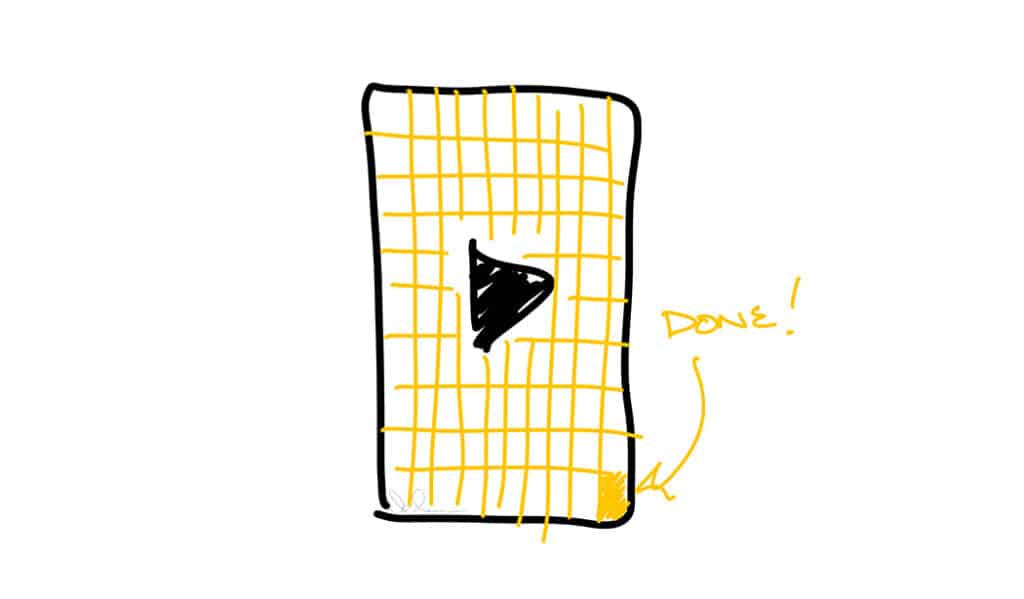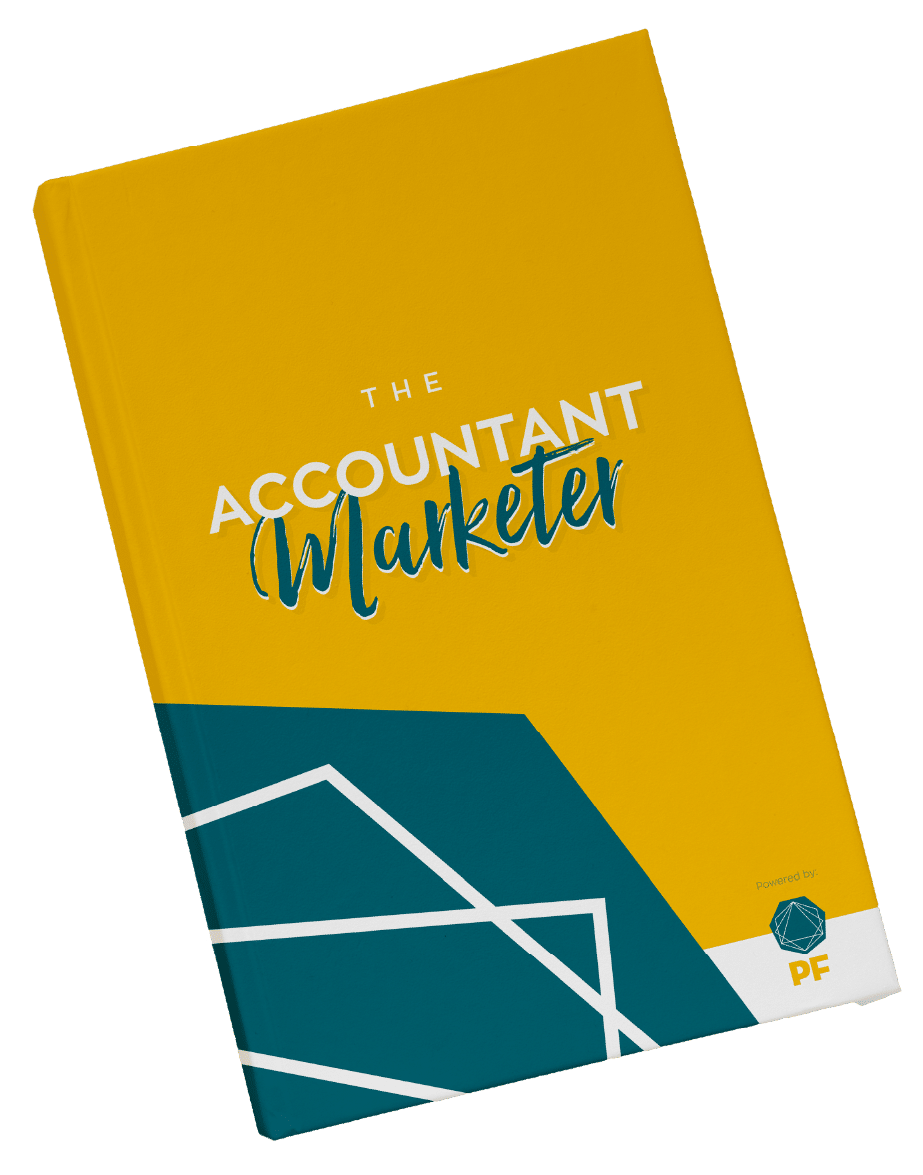On Tuesday of last week, I recorded my 100th consecutive video and shared it on Instagram.
I started the challenge on what felt like a whim. I was out for a walk on a Sunday morning, and was thinking about the power and impact of video. And how I often avoided it because my hair wasn’t right, I was outside or busy or wasn’t sure what to say…or a thousand other reasons.
Instead of determining once again to “do better”, I decided to be specific. I thought about how to get better at something, and remembered that the key is quantity first, then quality. Do more of what you want to get better at. Make your shitty pots.
How might I do that? Well, Austin Kleon talks about a 100 day challenge. Show up every day for 100 days and see what happens. Okay, I thought. What if I recorded a video every day for 100 days? Hmm…instagram reels max out at 90 seconds. Okay, I’ll do that.
I pulled out my phone, sat down on a bench, and recorded the first one by explaining what I was going to do.
If I’d stopped to consider how long it would be, or all the reasons it wasn’t a good time to start it, or what the boundaries of the challenge would be, I’d never have done it.
I kept it simple – one hundred days, consecutively, of recording a 90 second video and posting it as an Instagram reel.
As often happens with something that looks like a whim, it really wasn’t. This was my third attempt at a 100 day challenge. The first time I did a few videos and then let it trail off. The second time I recorded videos over a 100 day period, but I didn’t record one every day. I took a day off once or twice a week, and ended up doing about 60 videos total.
This time I was bound and determined to do it. No matter what: whether I was sick, or travelling, or about to fall asleep and realising I hadn’t recorded a video that day…I would stick at it.
I’d originally read about a 100 day challenge in one of Austin Kleon’s books. He talks about showing up and “seeing what happens” – and that resonated with me.
For me, the goal was simply to do it. To finish. And see what happens.
Ultimately, I wanted to avoid video less.
That was my stated goal. I knew I was avoiding video because it felt less comfortable. Despite knowing the power and impact of video, I still would overthink every video, and a week or two weeks or a month would go by and I hadn’t recorded it yet.
I figured showing up every day for 100 days would help me with that.
And it did.
I achieved my goal of finishing the challenge, and not missing a day.
I also achieved the goal of avoiding video less, getting more comfortable with it, and living out one of my core statements: “Not perfect but done”.
Even my 100th video felt very imperfect. I started and stopped at least ten times, and ended up stitching multiple videos together. I even got to about 9pm that day and realised I didn’t have enough to fill 90 seconds, so I went back downstairs to the place I’d been standing that morning, and recorded the final 12 seconds.
But I did it.
Here are some of the learnings I had along the way. Some which I expected, and some which surprised me!
1. Planning ahead makes the video better – and easier.
On the days I got to 9pm and thought “oh, what will my video be today?”, I would struggle. My brain was tired, I couldn’t put the words together, and I just wanted to sleep. Even when I created a compilation video, it could take almost an hour to gather the sections and stitch them together and pick music and write a caption and post it. On the days I had a theme, or a topic to talk about, even if I had to stop and restart a few times, it would take maybe 10 minutes. I still don’t really need a script as such: but what I do need is a clear topic or theme.
2. I can tell a story, or I can educate, in 90 seconds. But not both.
One of my challenges with video is that I ramble. I’ll start out telling a story, then get distracted to some other points, try to summarise it into a message or an educational point, and it ends up taking 10 minutes.
Having a max time of 90 seconds helped me to be more focused. I’d often hit record and start telling a story, and get to about 70 seconds and realise I’d never finish in time. So I had to start again, and pick just ONE point to get across. That was hard for me!
3. Starting with a theme and capturing little videos throughout the day is more efficient.
Some days, my video was a summary of some kind of theme: travelling, a city I was visiting, water, walking, puffins, whatever. When I began the day knowing that was the theme, I’d capture multiple short videos all day long, and then stitch them together at the end of the day with some music. Not only was it easier and more efficient, it was really enjoyable too!
It’s the atomic habits concept. Adding on a little habit to things you’re already doing. I’d capture 3 seconds of video as I walked through the train station, and it didn’t take much extra effort at all. Trying to do all that at the end of the day would never have worked.
4. Practising little statements aloud before I hit record made it easier.
I often did the whole video multiple times before I ever pressed “record”. I’d be out for a walk thinking “oh, i could do my video on this today”, and then start thinking about how I would start, or what I would say. Sometimes I’d rattle the whole thing off ten or twelve times before I ever actually recorded the video.
Other days I’d do this whilst recording, which meant I ended up with ten (or twenty or thirty) short videos which I’d delete later; but you don’t have to hit record to practice.
5. Being on social media every single day is hard.
One of the things I didn’t think through is the mental impact of being present on social media, and not missing a single day, for 100 days.
It was bloody hard. Even on the days I recorded a compilation video (rather than a ‘talking head’ style video), I still had to go into the app, prepare the reel, and share it. About two thirds of the way through I realised I was really looking forward to being able to take a day off. To ignore Insta (or LinkedIn or TikTok or Threads or any of them) for a day or a week if I want. To be able to fall into bed without suddenly having my eyes fly open and think “Oh no….did I do my video today??”
Partway through the challenge, I considered recording five or six videos on a single day and pre-scheduling them…but I decided not to, because that wasn’t why and how I’d set up the challenge originally. Part of that is sheer stubbornness (“I said I’d do it this way so I will!”), but part of it was because I didn’t want to change the rules of the came partway through. I wanted to stick it out.
I’m glad I did it, and I’ll always be grateful for the lessons I’ve gotten and the way it will improve my videos. But I don’t think I’ll ever do a challenge again which requires me to be on social every day. Even in the last few days I’ve noticed a phenomenal amount of headspace which had been taken up by the constant theme of “Did I do my video today? What will my video be? Did I share it yet?”
Hilariously, I shared my victory on LinkedIn, and the very first comment I got on the post was someone asking “What was the ROI? From a purely financial perspective?”
It didn’t feel very hilarious at first. I felt rather annoyed. After all, that’s not how marketing works. I’ve literally written an entire book, with a chapter on ROI, to address the myth that marketing means “doing this one thing and getting this one result”. Like sending out one email and saying no one opened it, so it was a fail. Or launching a new website page and getting no visitors in the first month, so there’s no point creating more website pages. And on and on. All marketing is integrated: and it can be hard to point to one thing and say “this is what made the difference”.
But then I remembered…that’s why I wrote the book. Because I wanted to help educate accountants about how the foundations of marketing, and the content shared consistently over time, and then the one-off campaigns, all work together to deliver a result.
And sometimes you do something for the creativity, for the learnings: and your goal with that one thing is not to tie it directly back to cash.
Naturally, the books I’ve written and the posts I share and the podcasts I speak on do result in people building relationships with me and my agency. They do – combined – bring a financial result. I know that’s the ultimate outcome and to be honest that’s a big part of why I stick at it.
For me, marketing is far more about relationship, and conversation, and getting to know the human person better. If getting to know them means we end up talking about a need they have, and a service we provide which solves that need, well and good.
But if it also results in someone being inspired to improve their own skills, or learn something new they can use in life or business, or motivated to finish their own challenge: that is okay, too. Even if I don’t make a single pound (or dollar) from it.
That’s creativity. Doing it for the sheer joy and learning of it – and letting the money sort itself out later on.
So that’s my 100 days, unlocked! Most of all, I’m really grateful. For all I’ve learned and seen and heard and experienced and shared: and for how it will impact my future videos. I can safely say my initial goal of “avoiding video less” has absolutely been accomplished! And if I’ve provided even the smallest amount of inspiration or motivation for you – whether to finish a small task or do your own 100 day challenge – I’ve succeeded even further.
Here’s to your creativity!
What I’d love to hear from you today is:
What would you like to get better at? Could a 100 day challenge help?



